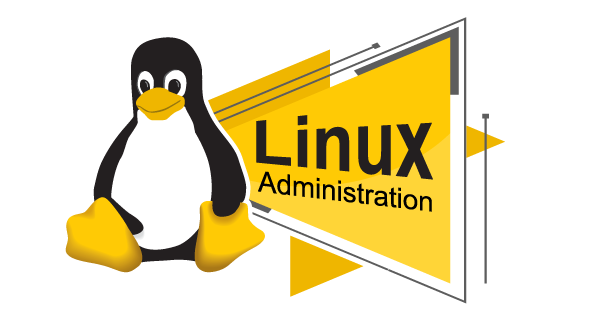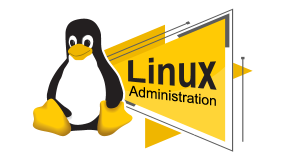Linux Administration
Linux administration involves managing and maintaining Linux-based operating systems. As a Linux administrator, your responsibilities may include:
1. Installation and Configuration: Installing Linux distributions on servers or workstations and configuring the system settings to meet specific requirements.
2. User and Group Management: Creating and managing user accounts and groups, assigning permissions, and managing user access to resources.
3. File System Management: Managing file systems, creating and mounting partitions, setting file permissions and ownership, and managing disk space.
4. Package Management: Installing, updating, and removing software packages using package management tools specific to the Linux distribution (e.g., APT, YUM, DNF).
5. System Monitoring and Performance Tuning: Monitoring system resources, such as CPU, memory, disk usage, and network activity. Optimizing system performance and troubleshooting performance issues.
6. Network Configuration: Configuring network interfaces, setting up IP addresses, managing network services (e.g., DNS, DHCP), and troubleshooting network connectivity.
7. Security and Firewall Configuration: Implementing security measures, configuring firewalls (e.g., iptables), managing user access controls, and ensuring system and data integrity.
8. Backup and Recovery: Setting up and managing backup solutions to protect critical data and implementing recovery procedures in case of system failures or data loss.
9. Shell Scripting and Automation: Writing shell scripts (e.g., Bash, Python) to automate repetitive tasks, streamline system administration, and improve efficiency.
10. System Updates and Patch Management: Applying software updates, security patches, and system upgrades to keep the Linux system up-to-date and secure.
11. Troubleshooting and Problem Resolution: Identifying and resolving system-related issues, diagnosing hardware or software failures, and implementing appropriate solutions.
These are just some of the core tasks involved in Linux administration. The specific responsibilities may vary depending on the organization’s needs and the complexity of the Linux environment you are managing.
Thank You !!!


